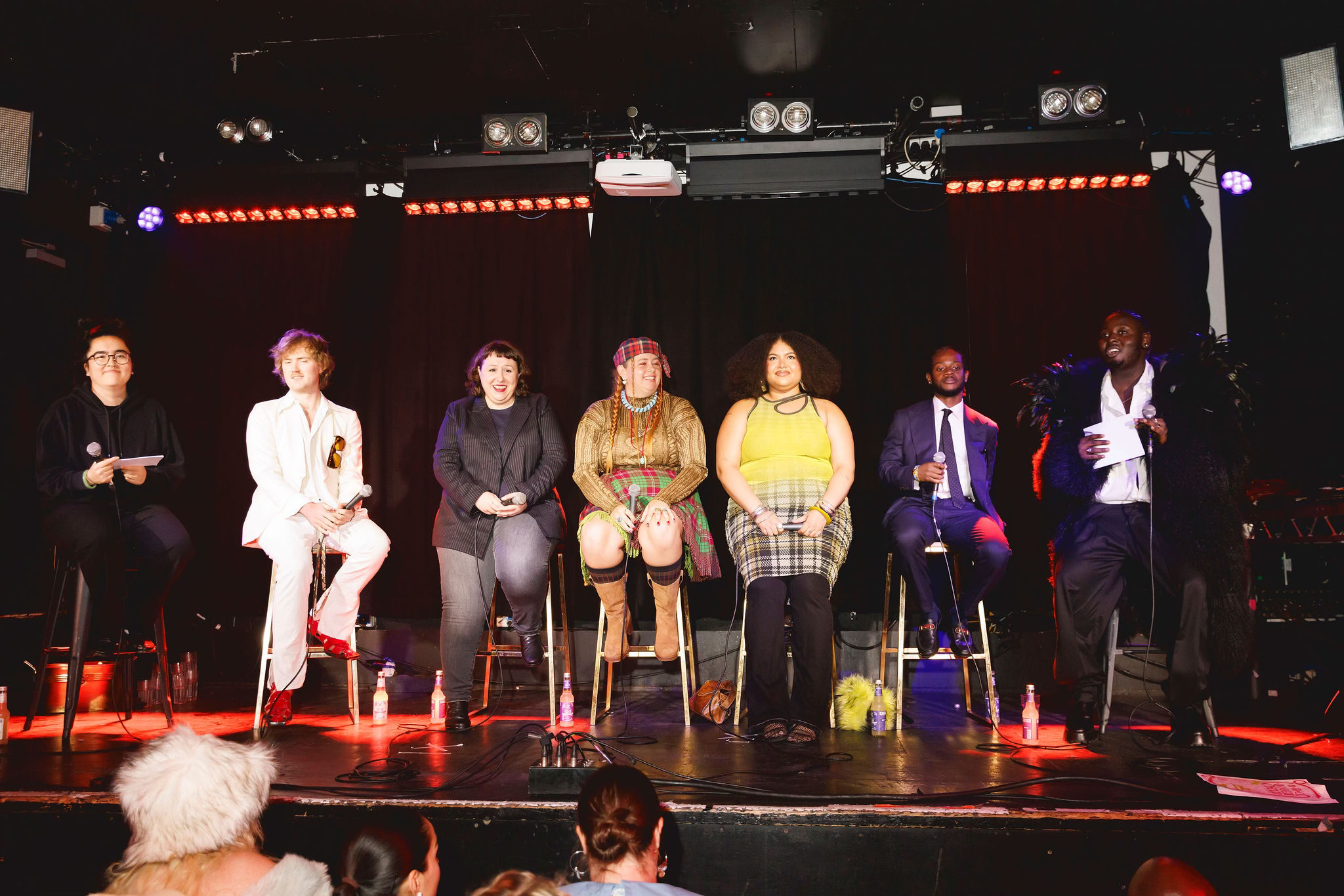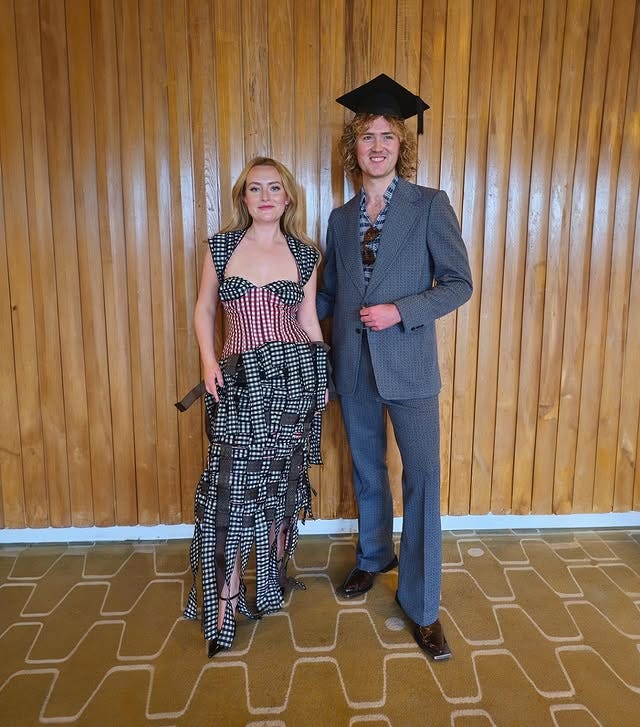The parties, the panel, and the problem with size diversity at London Fashion Week
Yes, London Fashion Week delivered the parties. But behind the glamour, a panel in Hoxton Square asked: why does fashion still struggle with size inclusivity — and what will it take to fix it?

What is the point of London Fashion Week? It’s a question worth asking as new CEO Laura Weir has just presided over her first season. At one level, the answer is obvious: high-octane socialising aka parties. Running into editors, former interviewees, old friends, new friends. It was a joy, for instance, to see Mimma Viglezio at the Richard James x Derrick event on Clifford Street, before ending up dancing with Mel Blatt and Jaime Winstone, who were both DJing at the brand new Bunga 90. For this alone, London is truly world-class. So far, so fabulous.
But what about diversity? One industry insider — themselves Black — put it to me, only half-jokingly: “Darling, I’m bored of diversity. Where are we going next?” At first she meant the after party, but the line stuck. Diversity has been fashion’s buzzword for years, yet the reality on the runway, boardroom and masthead often feels more like surface-level optics than lasting change.
This isn’t the first time we’ve asked what the British Fashion Council is really for. In our earlier deep dive into the organisation, designers and industry veterans told us bluntly that the BFC risked being little more than a “glorified party planner,” more adept at spectacle than at providing the structural support British fashion needs. With Weir now at the helm, expectations are higher — and London Fashion Week becomes the stage on which both the parties and the politics of fashion play out.
That’s why one of the most compelling events of the week wasn’t a catwalk show or a press dinner, but a panel discussion in Hoxton Square: “Recalibrating Fashion’s Inclusivity Lens: With Purpose & Action.” Moderated by model James Corbin and casting director, Marie Claire, it brought together five industry experts:
Alessia Golfetto — creative producer, stylist, former Cosmopolitan UK Contributing Curve Editor, and founder of Thick Threads, a plus-size community and retail space in London.
Dr. Soljana Çili — Senior Lecturer in the Psychology of Fashion at UAL, whose research explores the intersection of dress, memory, and mental health.
Maximilian Raynor — rising British designer pushing boundaries across menswear and womenswear with structural experimentation and a radical approach to inclusivity.
Sara Brown — designer and consultant known for her bold use of colour, sustainability, and her work with brands on expanding size ranges.
Chris Amfo — stylist and fashion editor at CircleZeroEight magazine with an eye for sports, creativity and culture, whose clients range from emerging musicians to established talent.
It might seem odd to talk about body positivity in a room full of the young, slim, and conventionally beautiful — and I’ll admit, I was cynical at first. But what followed was a sharp, funny, sometimes uncomfortable unpicking of the structural, cultural, and financial barriers still holding back true body diversity in luxury fashion. Even when the market, and the money, are there in plain sight.
Below, we’ve packaged together the highlights — grouped into themes that show where the industry is stuck, and where the fixes might lie.
The cost (and hidden opportunity) of inclusivity
As ever, even with the best of intentions, it comes down to money. Designer Maximilian Raynor — known for sculptural gowns built from strips of tweed, herringbone, ribbon and chunky yarns in unexpected combinations — laid out the costs:
“If you’re doing ready-to-wear, you’ll spend £300–£400 per pattern, £120 to digitise, and another £120 for each size you grade. That’s before selling a single piece”.
For an emerging brand, those extra costs can mean the difference between pulling off a collection and going bust.
Raynor’s ribbon-based pieces are flexible enough to be styled across sizes — one sample dress was worn both by a standard-sample model in an editorial and by Ashley Graham on the Cannes red carpet. In this instance, size-inclusivity wasn’t a problem to be solved but an opportunity to be embraced.
“When a stylist is going for a shoot, your pool of available clothing for a plus-size talent is immediately , very small. So a younger designer making the choice to make clothing that is inclusive — you’re actually doubling, tripling, quadrupling your chances of being featured”. - Maximilian Raynor
Subscribe to unlock the full debate with insights on tokenism, missing sizes, fashion psychology, and the grassroots fixes luxury still hasn’t caught up with.






